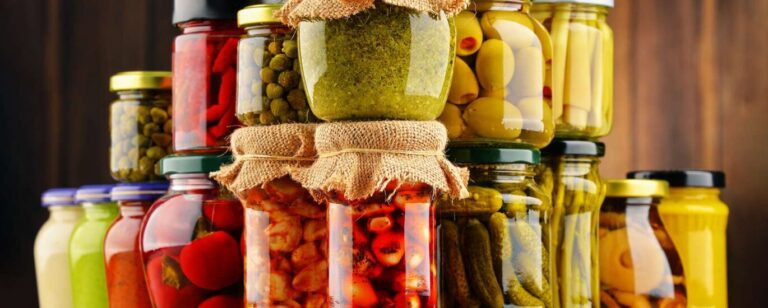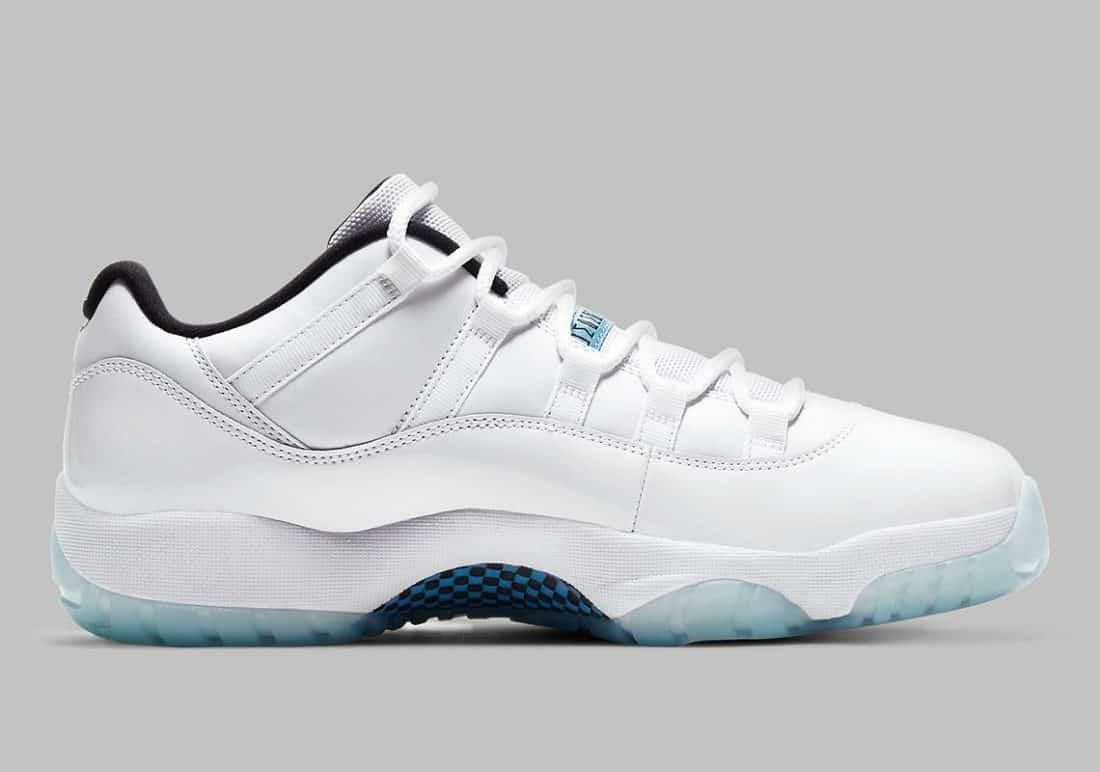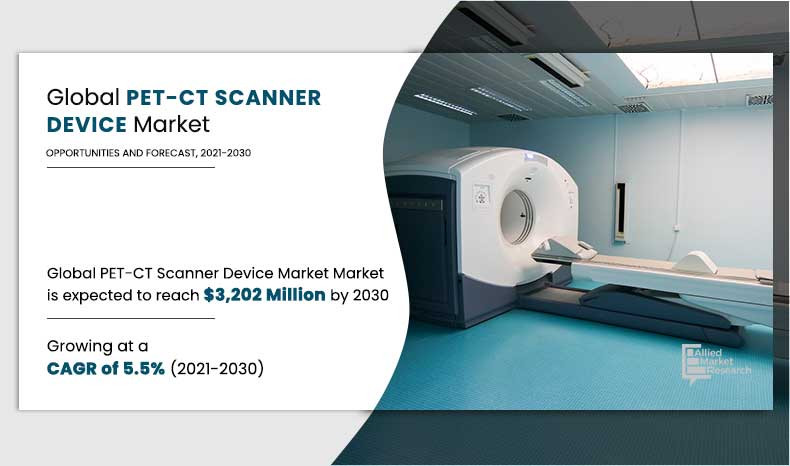The increasing need for convenience and processed foods, coupled with government initiatives to boost food production, are driving the expansion of the food preservatives market. This market is expected to reach a staggering valuation of USD 4.55 billion by 2032, showcasing a remarkable CAGR of 5.3% during the forecast period of 2024-2032.
Understanding Food Preservatives
Food preservatives are crucial additives that play a vital role in extending the shelf life of food and enhancing its flavor. They act as a shield against microorganisms like bacteria, yeast, and molds, preventing food spoilage and potential food poisoning. Preservatives are categorized into two main types: artificial/chemical and natural.
Exploring the Key Drivers of Market Growth
Increased Demand for Convenience Foods
The growing consumer preference for processed, ready-to-eat, and convenience meals, driven by busy lifestyles and time constraints, is a significant driver of market growth. As these foods often require longer shelf lives, the demand for preservatives increases proportionally.
Government Initiatives
Governments are actively supporting food production initiatives, particularly those focused on packaged and convenience goods. This support stems from the rising demand for these products, which in turn fuels the demand for preservatives.
Focus on Food Safety and Quality
The rise of lower-shelf-life items and inadequate storage practices has raised concerns about food safety and quality. To address these concerns, food regulatory bodies are imposing stringent quality standards, further prompting the use of food preservatives.
Navigating the Market Challenges
Despite the robust growth potential, the food preservatives market faces certain challenges. One prominent challenge is the growing awareness among consumers about the potential negative consequences of consuming preservatives. Additionally, the ongoing branding campaigns aimed at increasing brand outreach are impacting market share expansion.
A Glance at the Key Players
Several prominent players are shaping the landscape of the food preservatives market. These key players include:
- Koninklijke DSM N.V.
- BASF SE
- Cargill, Inc.
- Archer Daniels Midland Company
- Corbion N.V.
- Galactic S.A.
- Celanese Corporation
- Kemin Industries, Inc.
- Kerry
- Tate & Lyle
Geographical Landscape: A Global Perspective
North America currently dominates the food preservatives market, driven by factors such as rising disposable income and evolving consumer purchase patterns. The Asia-Pacific region, particularly China and India, is poised for rapid growth due to the increasing demand for longer shelf-life food products in these populous nations.
Segmenting the Market for a Comprehensive Understanding
The food preservatives market can be segmented based on various factors, providing a detailed understanding of the different sub-markets:
By Label Outlook
- Clean Label
- Conventional
By Type Outlook
- Natural:
- Edible Oil
- Rosemary Extracts
- Natamycin
- Vinegar
- Chitosan
- Others
- Synthetic:
- Propionates
- Sorbates
- Benzoates
- Others
By Function Outlook
- Anti-microbial
- Anti-oxidant
- Others
By Application Outlook
- Meat & Poultry Products
- Bakery Products
- Dairy Products
- Beverages
- Snacks
- Others
By Region Outlook
- North America (U.S., Canada)
- Europe (France, Germany, UK, Italy, Netherlands, Spain, Russia)
- Asia Pacific (Japan, China, India, Malaysia, Indonesia, South Korea)
- Latin America (Brazil, Mexico, Argentina)
- Middle East & Africa (Saudi Arabia, UAE, Israel, South Africa)
Conclusion: Shaping the Future of Food Preservation
The food preservatives market is on a trajectory of significant growth, driven by the increasing demand for convenience and safety in food products. The market is characterized by a diverse range of players and ongoing innovation, offering exciting possibilities for the future of food preservation. As consumer awareness about preservatives continues to evolve, the industry will need to adapt and innovate to meet the changing demands of a health-conscious and sustainability-focused world. This growth will be driven by the rising demand for food production with longer shelf lives, particularly in emerging economies.

















